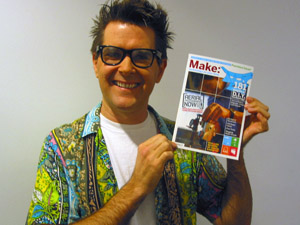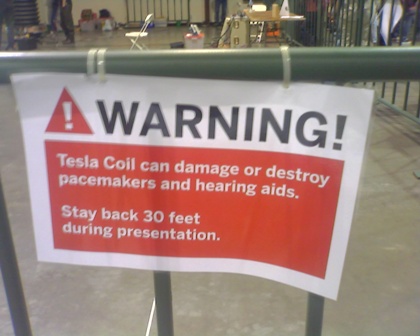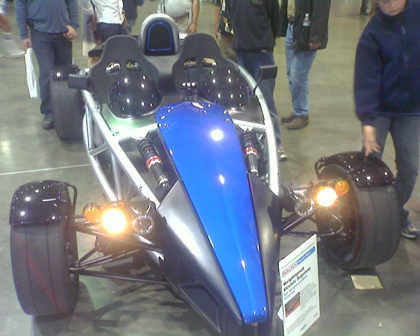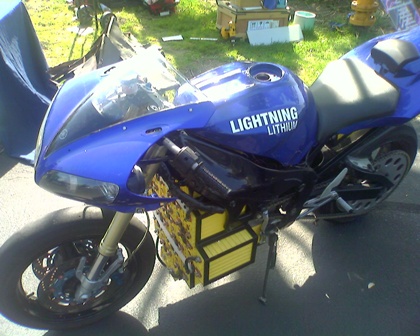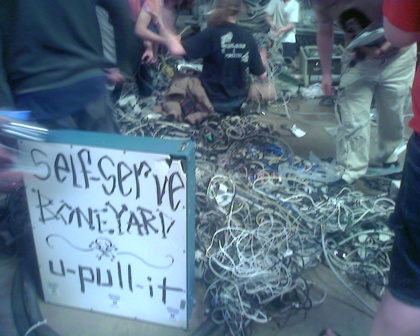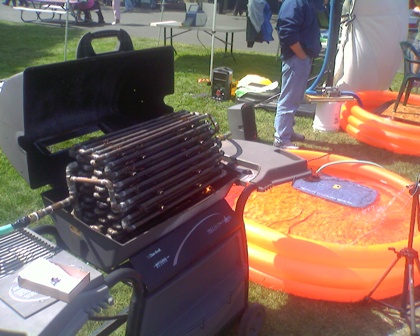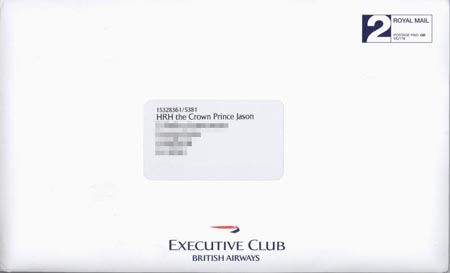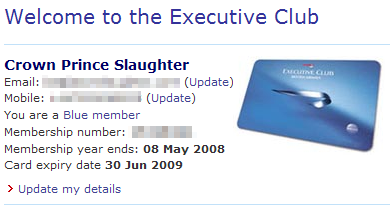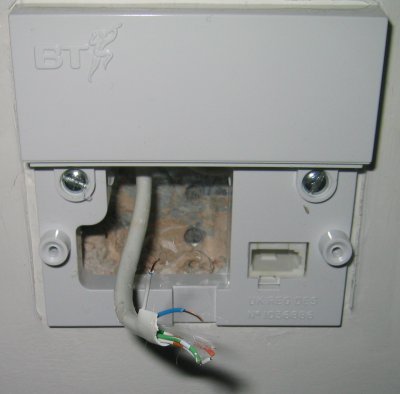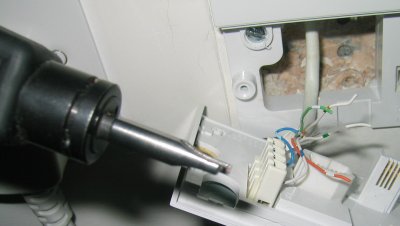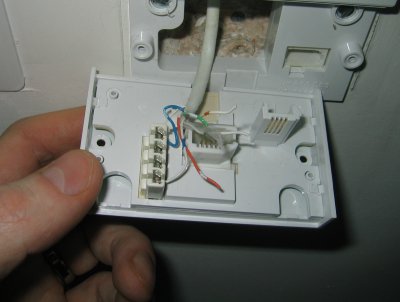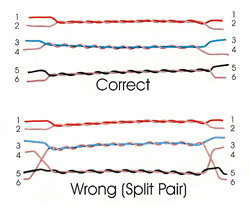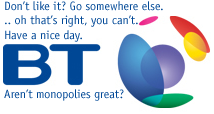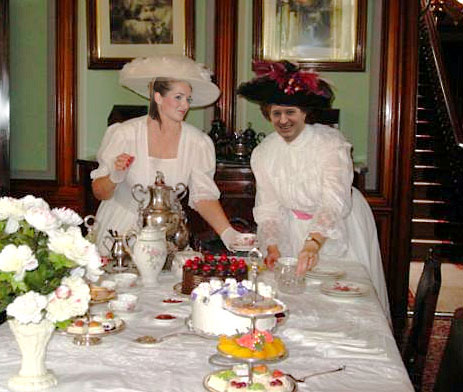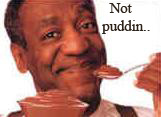I was once in the coffee room of my old employer when I saw a co-worker getting a Diet Coke out of the pop machine (as people so often do). We began to have some idle chit-chat and I asked her how she could possibly drink the nauseating swill she was currently enjoying (a common subject of conversation). Not just because it’s Coke, I said, but also because it is sweetened with aspartame which tastes more like a nasty chemical concoction (think Matt Crane) than sugar. She commented that she can’t tell the difference between aspartame and sugar, at which point I told her what I though about her mother and we’ve never spoken since.
Since that day I have asked various strangers at bus stops, cafés, and barber shops about their take on sweeteners. To my surprise, many people say they can’t tell the difference between sweeteners and sugar. Could it be that these people never pay close attention and don’t really care? Possibly. But many of these people are the same people who claim they can tell the difference between Coke and Pepsi; “Pepsi is sweeter” they often claim. I have come to realize the truth: that I possess a super-human sense of taste that allows me to pick out unique flavour combinations inaccessible to the average person. It’s how I can taste an olive hidden in a 12″ submarine sandwich and wretch appropriately. I can spot umami a mile away upwind. And I can tell the difference between aspartame and sugar.
To test this hypothesis, I secretly obtained samples of 3 major sweetener brands by concealing them in my shirt pocket as I exited a restaurant. Fortuitously, the hotel was kind enough to leave a pile of paper cups in the lobby with absolutely no security supervision. Here are the results of this covert operation:
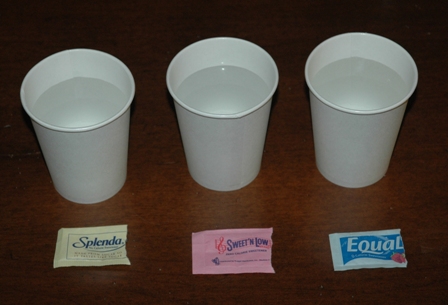
Our contenders are:
Sweet’n’Low (Saccarin)
With its cute treble-clef design, Sweet’n’Low was first introduced in the late 1950s and has been a family favourite for generations. In the United States Sweet’n’Low is made with saccharine, a chemical banned in Canada. In Canada, Sweet’n’Low is made with cyclamate, a chemical banned in the United States. Yes, you read that correctly. It does not make sense.
Equal (Aspartame)
This sweetener is produced by The Merisant Company of Chicago, the same company that owns Nutrasweet. Equal has been on the scene for a long time and was the first apartame-based sweetener sold to the public in the early 1980s. It’s cheif ingredient aspartame is best known for giving me splitting headaches.
Splenda (Sucralose)
Despite being a newcomer to the party, having been introduced only in 1999, Splenda is the current leader in the artificial sweetnener market with over 60% market share. Splenda’s parent company lies to the public with its “It’s made from sugar so it tastes like sugar” message and their other businesses include eating babies and converting owls to gasoline.
Naturally to run a proper experiment a control cup needed to be included. My hotel room was stocked with two sugar packets which were added to the line-up to serve this purpose:
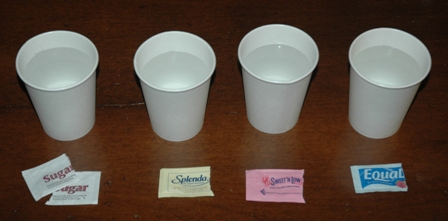
I also used a cup of clean water to cleanse my pallet between trials. It’s not in the picture but it looks kinda like the other cups of water shown above.
After tasting each cup I can authoritatively say that unless you’re an idiot there is absolutely a huge perceptible difference between each of these options. Here are the results of my testing:
- Sugar – Nice subtle sweet taste with a clean finish. Shame about the diabetes thing.
- Splenda – Strong sweet taste, but not overpowering. Slight chemical taste that drops off very quickly. Hangs around at the back of the mouth for a while before inducing a slightly chemical after-taste. If only they didn’t kill those innocent owls.
- Sweet’n’Low – Completely overpowering punch of sweetness with a nasty chemical after-taste. One word: NASTY. And I thought aspartame was bad.
- Equal – Very strong sweet onset with a chemical after-taste developing in the middle of the mouth. Very long chemical finish. Tastes terrible. I don’t know which is worse – the excessive overpowering taste of saccharine or the long drawn-out taste of aspartame.
After clearly identifying the differences in the various options I decided to test my mad skills. Each cup was labelled on the bottom:
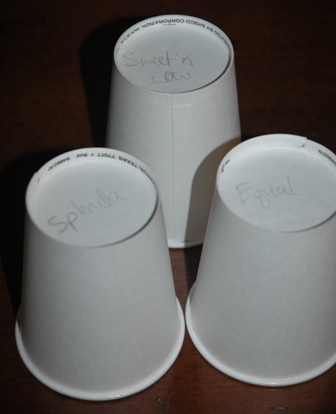
After a bit of shell-game swapping, I had the following randomized cups:

At this time I was going to run a long list of randomized trials and record my guessing, tabulate my results, run statistical analysis, and record my findings in the next issue of Nature. Unfortunately I ran into a few roadblocks that prevented me from continuing:
- Randomizing 4 cups by myself is basically impossible. Each time I tried to move them around I kept subconscoiusly tracking which cup was where. I had to leave them alone until I forgot which was which. I don’t have all day for this. Acutally that’s not true, I do have all day for this but I still don’t want to wait 10 minutes between trials.
- Sweet & Low has destroyed my sweet tastebuds. Seriously, this stuff is nasty. After 3 trials of its mind-boggling sweet onslaught Sweet & Low started tasting like sugar and sugar started tasted like water.
- Aspartame is nasty and gives me headaches. I haven’t had an aspartame headache in years. It reminds me of drinking Diet RC Cola and those nasty gold cans of Caffeine-Free Diet Coke in the 80s.
- It’s actually not all that hard to tell these apart.
- Tasting sweeteners is absolutely no fun and my tongue feels like leather.
The results? Sugar still tastes the best with its sweet subtle taste. If you have to go with a sweetener it’s Splenda by a wide margin. And if you’re ever tasting a diet drink and have a nasty chemical feeling in your mouth you know you’ve had aspartame or saccharine. If it’s a disgusting overload of sweetness that drops off quickly it was probably saccharine, but if it sticks around for a while and gives you that fresh chemical feeling with a headache boot you’re the lucky consumer of aspartame.
In closing, I have no regrets about what I said about my co-worker’s mother.
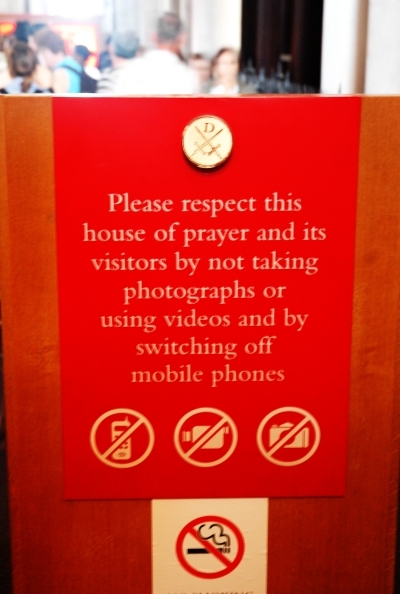




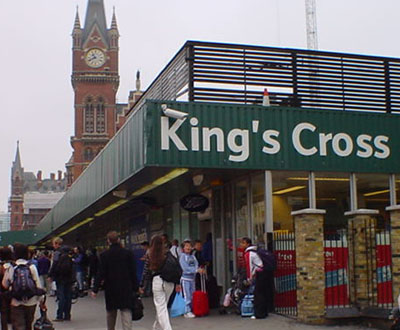
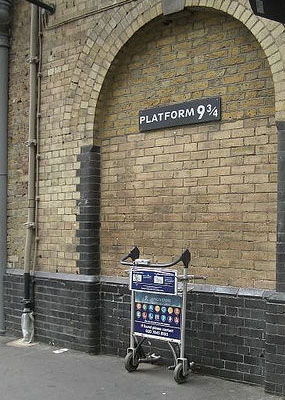

 Another week of work with the same old grind. Well, that’s what you may be thinking, but I just got off the most exciting week of the year – the glamour and excitement of one of the world’s largest trade shows for PC component and peripheral manufacturers: Computex Taipei 2007! Yee haw! Jealous yet? You will be.
Another week of work with the same old grind. Well, that’s what you may be thinking, but I just got off the most exciting week of the year – the glamour and excitement of one of the world’s largest trade shows for PC component and peripheral manufacturers: Computex Taipei 2007! Yee haw! Jealous yet? You will be.

